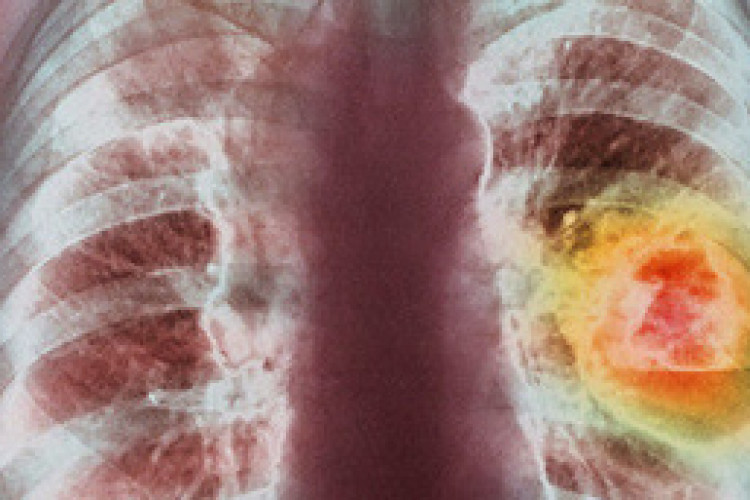Asbestos is mostly to blame, but diesel exhaust and other carcinogens such as silica are also significant factors. Skin cancer is also an issue.
The study, funded by the Health & Safety Executive and published in the British Journal of Cancer, found that 8,000 cancer deaths in Britain each year are linked to occupations. This equates to around 5% of all cancer deaths in Britain.
Four in ten of all occupation-related cancer cases (41%, 5,408 cases) and just under half of occupation-related cancer deaths (48%, 3,668 deaths) in Britain were in construction workers. Around 70% of the occupation-related deaths in construction workers were linked to asbestos.
Researchers used a list of work-related cancer causing substances identified by the International Agency for Research on Cancer (IARC) to calculate the impact of work on cancer cases and deaths. And they found that around 13,600 new cancer cases are caused by risk factors related to work each year.
Researchers warned that these estimates of cancer cases and deaths linked to occupation are likely to be conservative and could be even higher as new work-related risk factors are identified or the understanding of potential risk factors becomes more definite.
After asbestos, the main work-related risk factors were: night shift-work – linked to around 1,960 female breast cancer cases; mineral oil from metal and printing industries – linked to around 1,730 cases of bladder, lung and non-melanoma skin cancers; sun exposure – linked to around 1,540 skin cancer cases; silica exposure – linked to 910 cancer cases; and diesel engine exhaust – linked to 800 cases.
Lead author Dr Lesley Rushton, an occupational epidemiologist based at Imperial College London, said: “This study gives us a clear insight into how the jobs people do affect their risk of cancer. We hope these findings will help develop ways of reducing health risks caused by exposure to carcinogens in the workplace.

“The cancer with the greatest number of cases and deaths linked to work is lung – a disease which is hard to detect early and has poor survival. Over 30 occupational exposures have been identified by IARC as definite or probable lung cancer causing substances.
“One of the best ways we can beat the disease is by preventing it in the first place. Smoking has the single biggest impact on lung cancer risk, but work-place risks are also having a significant effect.”
Sara Hiom, director of information at Cancer Research UK, said: “It’s very worrying to see so many people developing and dying from occupation-related cancers. A large proportion of the deaths are a result of exposure to asbestos in past decades and improved safety measures should mean that in the next generation or so we will see this number tail off dramatically.
“The Health &Safety Executive has commissioned a review of the evidence on shift work and cancer – at the moment it’s still only classified as a probable cause of cancer. Once the review is complete in 2015, we will have a more definite understanding of the role it may play in influencing cancer risk.
“At this point, we expect the government and employers to take fast and appropriate action to minimise the risks faced by workers and Cancer Research UK will be watching this closely.
“Not smoking is the single most important thing that can reduce the likelihood of developing cancer - to put this in perspective, there are around 43,000 cancer deaths due to smoking in the UK each year. Maintaining a healthy weight, cutting back on alcohol and taking plenty of exercise can also have a big impact on reducing the risk of cancer.”
Got a story? Email news@theconstructionindex.co.uk



